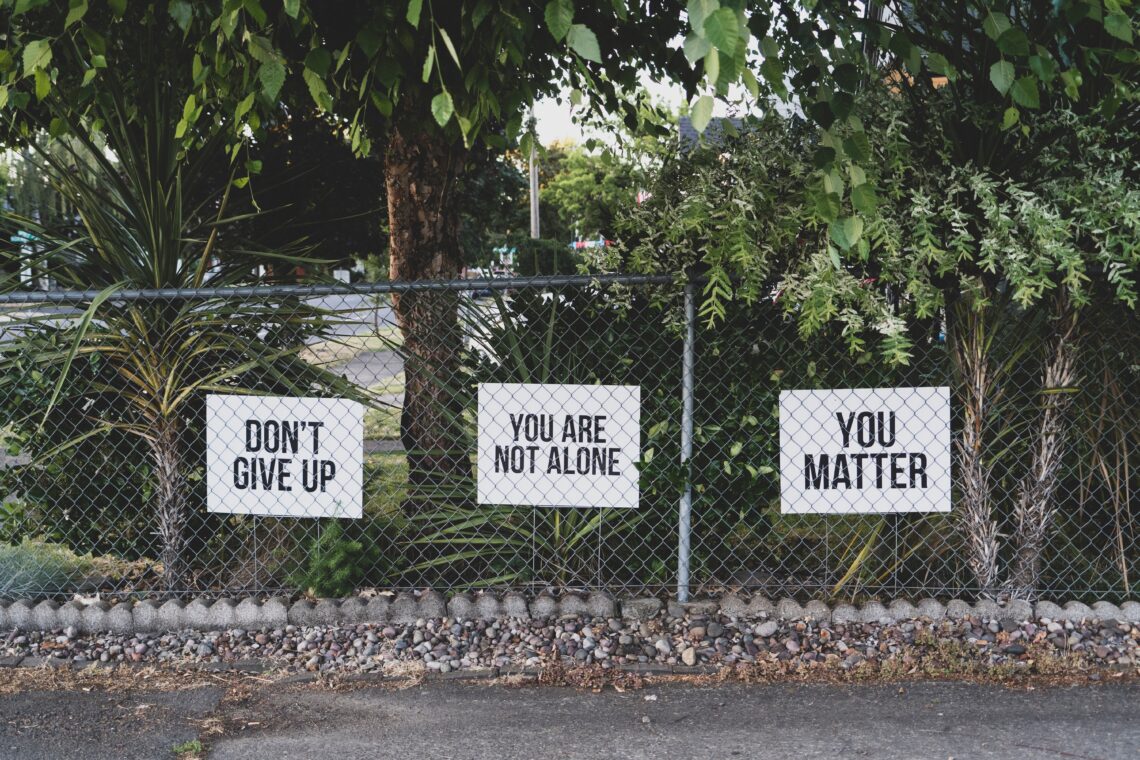Building a Personal Brand: Tips for Authentic Self-Promotion
In today’s digital world, having a strong personal brand is essential for success. Your personal brand is the unique combination of skills, values, and experiences that make you stand out from the crowd. Whether you’re an entrepreneur, a freelancer, or a job seeker, having a well-crafted personal brand can help you attract the right opportunities and reach your goals.
Creating a personal brand can be a daunting task, but with the right strategies, you can craft an authentic and compelling brand that will set you apart from the competition. Here are some tips for building a personal brand that will help you promote yourself in an authentic and effective way.
1. Know Your Audience
The first step in building a personal brand is to understand who your target audience is. Knowing who you’re trying to reach will help you create content and messaging that resonates with them. Think about who your ideal customer or employer is and what their needs and interests are. This will help you create content that speaks to them and builds a connection.
2. Develop a Unique Voice
Your personal brand should have a unique voice that reflects your values and personality. This will help you stand out from the crowd and create content that resonates with your audience. Think about how you want to be perceived and what kind of message you want to convey. This will help you create content that is consistent and authentic.
3. Create Quality Content
Creating quality content is essential for building a personal brand. Whether it’s blog posts, videos, or social media posts, make sure the content you create is high-quality and engaging. Think about what kind of content your audience would find interesting and valuable. This will help you create content that resonates with them and builds a connection.
4. Leverage Social Media
Social media is a powerful tool for building a personal brand. Platforms like Twitter, Instagram, and LinkedIn can help you reach a wide audience and engage with them in real-time. Use social media to share your content, engage with your audience, and build relationships.
5. Be Consistent
Consistency is key when it comes to building a personal brand. Make sure you’re posting regularly and engaging with your audience on a regular basis. This will help you build a strong and loyal following.
6. Network and Collaborate
Networking and collaborating with other professionals in your field is a great way to build your personal brand. Connect with people who have similar interests and goals and work together to create content and promote each other’s work. This will help you reach a wider audience and create meaningful connections.
7. Measure Your Results
It’s important to measure the success of your personal brand. Track your progress and analyze the data to see what’s working and what’s not. This will help you refine your strategies and ensure you’re creating content that resonates with your audience.
Conclusion
Building a personal brand can be a daunting task, but with the right strategies, you can create an authentic and compelling brand that will help you reach your goals. Know your audience, develop a unique voice, create quality content, leverage social media, be consistent, network and collaborate, and measure your results. By following these tips, you can create a personal brand that will help you stand out from the crowd and attract the right opportunities.
If you’re looking for more tips on building a personal brand, check out this article from Forbes or this guide from Inc. For more advice on networking and collaborating, read this article from Entrepreneur or this guide from Forbes. Finally, if you’re looking for tips on measuring your results, check out this article from Entrepreneur or this guide from Forbes.








